
Opec reins in output amid cautious outlook
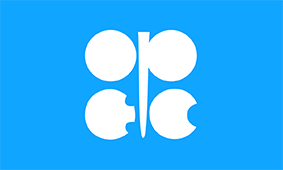
Opec production fell sharply on the month in July, hitting its lowest in more than five years.
Output plunged by 340,000 b/d to 29.56mn b/d, as a steep cut from the group's de facto leader, Saudi Arabia, and smaller declines among other members drove compliance for the 11 Opec countries that are party to the Opec+ production restraint agreement to a high for this year of 158pc.
Increasingly downbeat macroeconomic indicators and falling crude prices are hampering efforts by Opec and its non-Opec partners, collectively known as Opec+, to rebalance and stabilise markets.
Saudi Arabia reached out to other Opec+ members this week to explore ways to stem this month's steep decline in oil prices. North Sea Dated has shed over $8/bl in eight days, crashing through the psychologically important $60/bl threshold to close at a seven-month low of $55.01/bl on 7 August.
Riyadh has said it will maintain production near July's 9.6mn b/d this month and next, as falling oil prices and worsening macroeconomic factors threaten a slowdown in global oil demand growth. Saudi Arabia, which reduced its July output to its lowest since August 2014, is producing at around 710,000 b/d below its ceiling under the Opec+ agreement and 1mn b/d under its October 2018 baseline of 10.63mn b/d.
For its part, Riyadh will continue overcomplying with its Opec+ commitments, holding August and September exports below 7mn b/d. Customer demand for Saudi crude in September is 700,000 b/d higher than for August, but state-owned Saudi Aramco has turned down requests for more crude, in line with its lower production plans, a Saudi source said.
Iraq and Nigeria go rogue
Iraq remains one of Opec's main outliers on compliance, with Baghdad's production hitting a record 4.72mn b/d in July. Increases from the Majnoon, Faihaa and Qayara fields helped propel production 200,000 b/d over Iraq's 4.51mn b/d ceiling. Iraq has only adhered to its target once this year, in March.
Nigerian production dropped from June's 18-month high of 1.95mn b/d, but stayed 205,000 b/d above the country's quota. Lower volumes of major streams Bonga, Qua Iboe, Agbami and Bonny Light countered increases at the new offshore 200,000 b/d Egina field, where output climbed to a record 187,000 b/d.
Production from sanctions-hit Iran declined further in July, to 2.25mn b/d, as the US continued to turn the screw on the country's exports, forcing it to divert more supplies to floating and onshore storage. Industry sources estimate that about 500,000 b/d of Iranian production has been placed in storage since June. Washington stepped up enforcement of sanctions on 22 July, when it took its first steps against alleged Iranian oil buyers by acting against China's state-owned Zhuhai Zhenrong. "We have already imposed sanctions on one company inside of China. We will continue to do that," US secretary of state Mike Pompeo says.
Venezuela recorded its first output gains since April, after the US granted a waiver that allows Chevron to operate the 210,000 b/d PetroPiar facility. PetroPiar, which has been converted to run blending operations, will initially produce 130,000 b/d of Merey before ramping up to 170,000 b/d by the end of August, according to an official at Venezuelan state-owned PdV.
The Opec+ Joint Ministerial Monitoring Committee, which oversees compliance with the production cuts agreement, is scheduled to meet on 12 September in Abu Dhabi, with options to support crude prices now expected to be at the top of the agenda.


Codelco seeks restart at Chilean copper mine after collapse
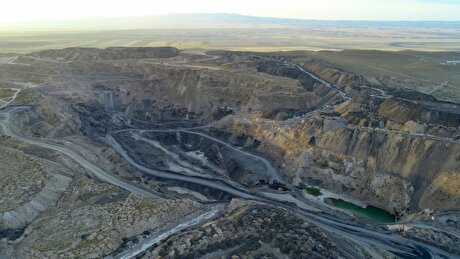
Uzbek gold miner said to eye $20 billion value in dual listing

Hudbay snags $600M investment for Arizona copper project
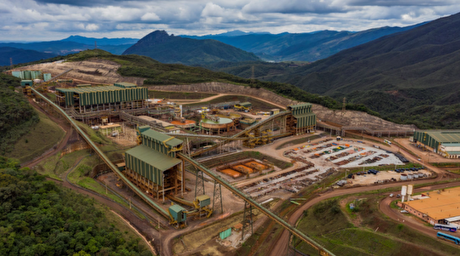
BHP, Vale offer $1.4 billion settlement in UK lawsuit over Brazil dam disaster, FT reports

Peabody–Anglo $3.8B coal deal on the brink after mine fire
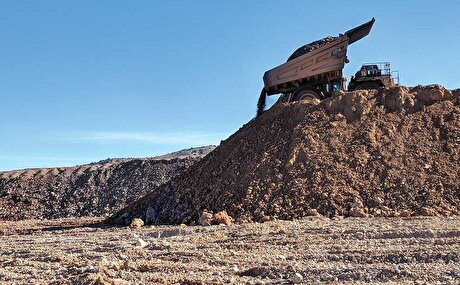
Minera Alamos buys Equinox’s Nevada assets for $115M
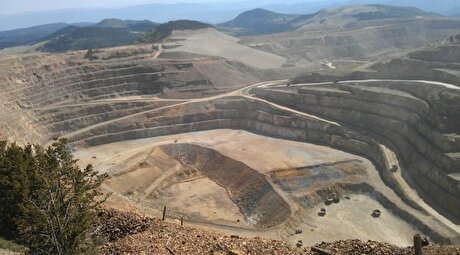
SSR Mining soars on Q2 earnings beat

Century Aluminum to invest $50M in Mt. Holly smelter restart in South Carolina

A global market based on gold bars shudders on tariff threat
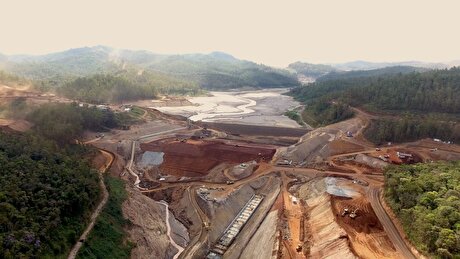
Samarco gets court approval to exit bankruptcy proceedings
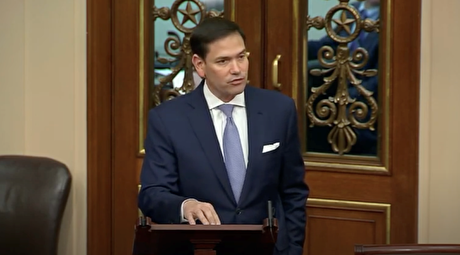
US eyes minerals cooperation in province home to Reko Diq
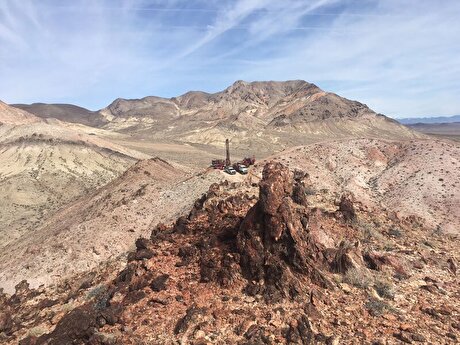
Allegiant Gold soars on 50% financing upsize
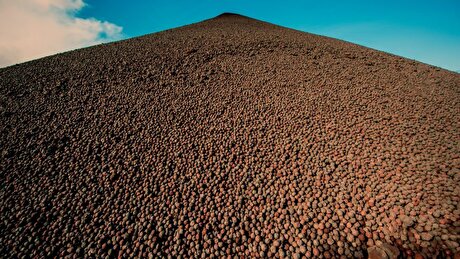
Explaining the iron ore grade shift

Metal markets hold steady as Trump-Putin meeting begins

Trump to offer Russia access to minerals for peace in Ukraine

Gemfields sells Fabergé luxury brand for $50 million

Gold price stays flat following July inflation data
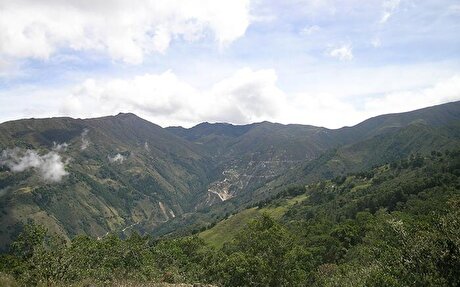
Eco Oro seeks annulment of tribunal damage ruling
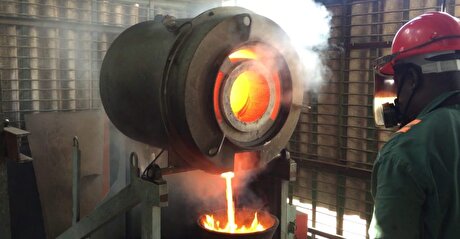
Zimbabwe labs overwhelmed as gold rally spurs exploration, miner says

Samarco gets court approval to exit bankruptcy proceedings

US eyes minerals cooperation in province home to Reko Diq

Allegiant Gold soars on 50% financing upsize

Explaining the iron ore grade shift

Metal markets hold steady as Trump-Putin meeting begins

Trump to offer Russia access to minerals for peace in Ukraine

Gemfields sells Fabergé luxury brand for $50 million

Gold price stays flat following July inflation data

Eco Oro seeks annulment of tribunal damage ruling














